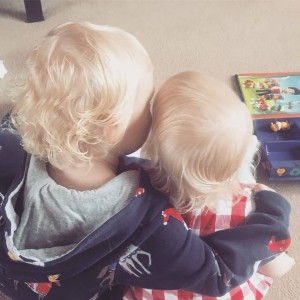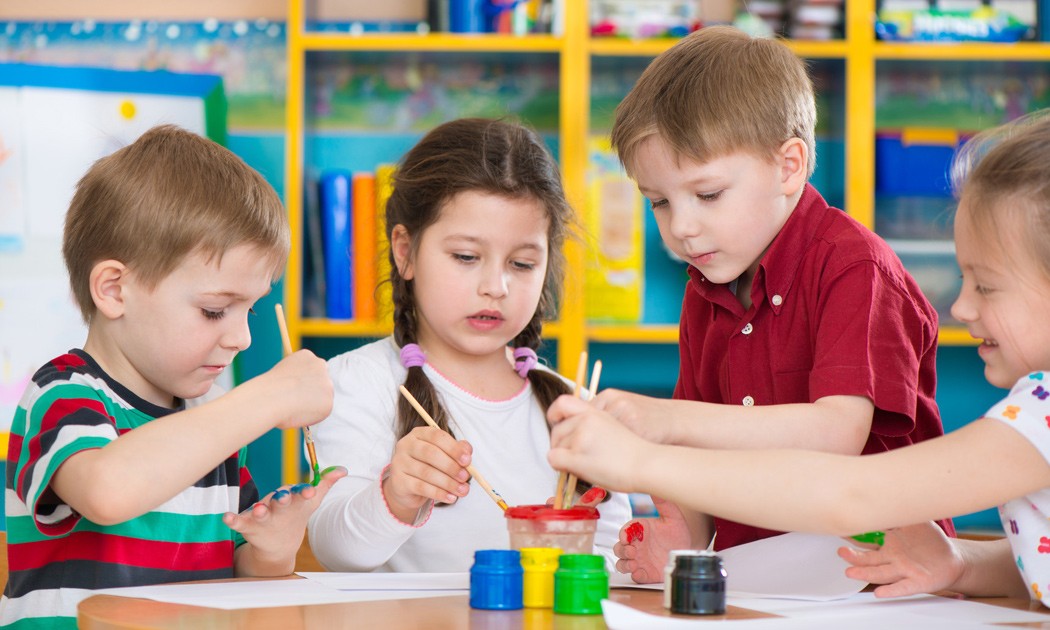We all experience situations in life which elicit emotional responses, whether this is being unable to do something, someone speaking to us in a way we don’t like, or other scenarios. In such situations, we need to be able to manage our emotions and respond in a way that doesn’t make things worse.
Sometimes, children are not able to manage their ‘big emotions’, resulting in a meltdown or explosion either in the classroom or at home, which can then lead to further distress caused by sanctions or other negative consequences. Often, these sanctions do not teach the child coping strategies and just make the situation worse. One possible reason for this disruptive behaviour is poor self-regulation, so it can be helpful to look at what might be going on and what we can do to help.
What is self-regulation?
Self-regulation is the ability to understand and manage your emotions and behaviour in response to things happening around you. It helps you to control your impulses (to make better decisions), to not over-react when upset or excited, and to be able to calm down after an incident, should one occur.
to be able to calm down after an incident, should one occur.
Self-regulation is initially learned through co-regulation. Co-regulation occurs between a baby/child and a warm, responsive caregiver, where the caregiver meets the child’s physical and emotional needs and soothes/calms the child when they are experiencing ‘big emotions’. This, in turn, builds the neural architecture which is necessary for the child to learn to self-regulate; to feel secure and manage their own emotions.
Self-regulation can also be taught, but only once co-regulation has taken place. It is important that teachers and parents work together to find the most effective strategies, so children are able to manage the ‘big emotions’ and challenges they may face, as well as follow rules and understand limits.
See our blog: ‘Recognising Toxic Stress and Nurturing the Child Within’, to learn more about how trauma in childhood can result in toxic stress, which can affect emotional regulation.
Why is self-regulation important?
Managing our feelings and emotions is vital, as our ability to do so can affect our lives in so many ways. Not only can it affect our physical, emotional and social wellbeing but also our academic achievement; research shows that young children with poor self-regulation skills tend to make less academic progress (McClelland et al., 2007).
Self-regulation can affect physical wellbeing by boosting healthy brain development, as well as overall better health outcomes, such as reduced incidents of heart disease, obesity and drug dependency.
Emotionally, self-regulation helps nurture a more positive sense of self, as well as the ability to cope better with stress, which is particularly important given the increasing levels of mental health issues in children.
Socially, it is beneficial for social skills that affect friendships and getting along with others, and can affect the teacher-pupil relationship.
All this can lead to more success at school and throughout life.
Why do some children struggle to self-regulate?
There are many reasons why some children find it harder to self-regulate than others, including:
- Adverse childhood experiences (ACEs) in early life, such as being adopted or looked after. ACEs may include prolonged stressful events, poverty, or other traumatic experiences. Co-regulation is particularly important for these children.
- Children who have additional needs, e.g. social communication difficulties, ADHD or sensory processing difficulties.
- Temperament – some children are more reactive than others.
- Physical needs not being met, e.g. hungry or tired.
It is important to note that poor self-regulation can be displayed through externalising (shouting and screaming) or internalising behaviours (being withdrawn). Be mindful of the fact that internal behaviours are not always obvious, as they are directed inward.
What can we do to help?
Fortunately, self-regulation is something that can be learned with help and support from caregivers, so whether you are a teacher or a parent, you can play a very important role in helping children learn to self-regulate. Children do not learn to self-regulate on their own, and at first their behaviour is driven by impulses, as we see in toddler tantrums! We need to find teachable moments to help children learn to self-regulate by using co-regulation and skills instruction, as well as practice (and plenty of praise when they try to manage their feelings).
 Early childhood is when our brains experience huge growth, especially in the frontal cortex (the area most closely associated with self-regulation), so this is an important time to start learning self-regulation. Research shows us that teaching self-regulation skills to preschool children improved their school readiness (Duncan et al., 2017). However, because our brains also experience major change during adolescence, children of any age will benefit from self-regulation interventions.
Early childhood is when our brains experience huge growth, especially in the frontal cortex (the area most closely associated with self-regulation), so this is an important time to start learning self-regulation. Research shows us that teaching self-regulation skills to preschool children improved their school readiness (Duncan et al., 2017). However, because our brains also experience major change during adolescence, children of any age will benefit from self-regulation interventions.
As you might expect, studies have shown that younger children are taught self-regulation mainly through co-regulation, but this is less so for older children, who tend to be taught by direct skills instruction. However, neuroscience tells us that even older children respond to co-regulation and may even need it in order to learn to self-regulate.
Strategies
Modelling
It is important for adults to regulate their own emotions, before addressing their child’s. If we are stressed as we go to help a child, we will not be as effective. Even if emotions are rising inside, it is important to present a calm front to the child. Children are perceptive observers of adults and will be learning from how we manage our own emotions. So, start off with modelling self-control.
 Co-regulate
Co-regulate
Co-regulate by providing a warm, responsive relationship with the child/young person, which will in turn, teach them skills to self-regulate. To co-regulate effectively, you need to get alongside the child/young person in their time of distress, reassure them and acknowledge their feelings, using a soothing voice and calm manner. It’s important to focus on the emotion and not on the behaviour (i.e. the anger rather than the swearing).
Use empathy
Use empathy to acknowledge a child’s feelings. Don’t dismiss feelings – they are so important!
Talk about emotions
Find opportunities to talk about the range of emotions we all experience – how we all experience different feelings, it’s normal and it’s how we manage them that’s important. Use story books, songs or games to make it fun.
Games
There are a number of games to help children learn self-regulation skills which involve waiting and turn-taking and provide a fun way of teaching impulse-control:
- Red Light – Green Light. The children run around freely – when ‘Red light’ is called out, they freeze – when ‘Green light’ is called out, they run. Swap it round so they have to go against their impulses.
- Musical Statues – when the music stops, they must freeze. Also in reverse.
- Follow my Clap – clap a rhythm and get the children to copy it.
- Body Part Mix-up – get children to touch a series of body parts i.e. head, toes, knees. Then replace one of the body parts, so when you say ‘toes’ they must touch their ears. This gets them not to just act instinctively.
You may want to use a timer and extend the time you play slowly.
Take a Break
Regular breaks in the learning – for those children who find it difficult to focus for long periods of time – to stretch or play a quick game such as ‘Shake Your Sillies Out’. 2-3 minutes spent doing this can help refocus and relax.
Mindfulness or Meditation
If you sense your child getting stressed, then try to engage them in a quiet activity. Mindfulness and meditation are a good way for children to learn to pause and focus on breathing and calming down highly-charged emotions. There are some fabulous apps where you can find a range of meditations for children
Sensory specific adjustments
Consider any sensory issues specific to the child e.g. dimming the lights may help a child with visual sensitivity.
We hope this blog gives more insight into the importance of helping children develop self-regulation and provides you with some ideas to use in the classroom or at home.
Leave Your Reply
You must be logged in to post a comment.



